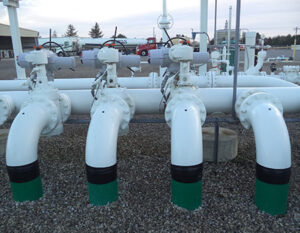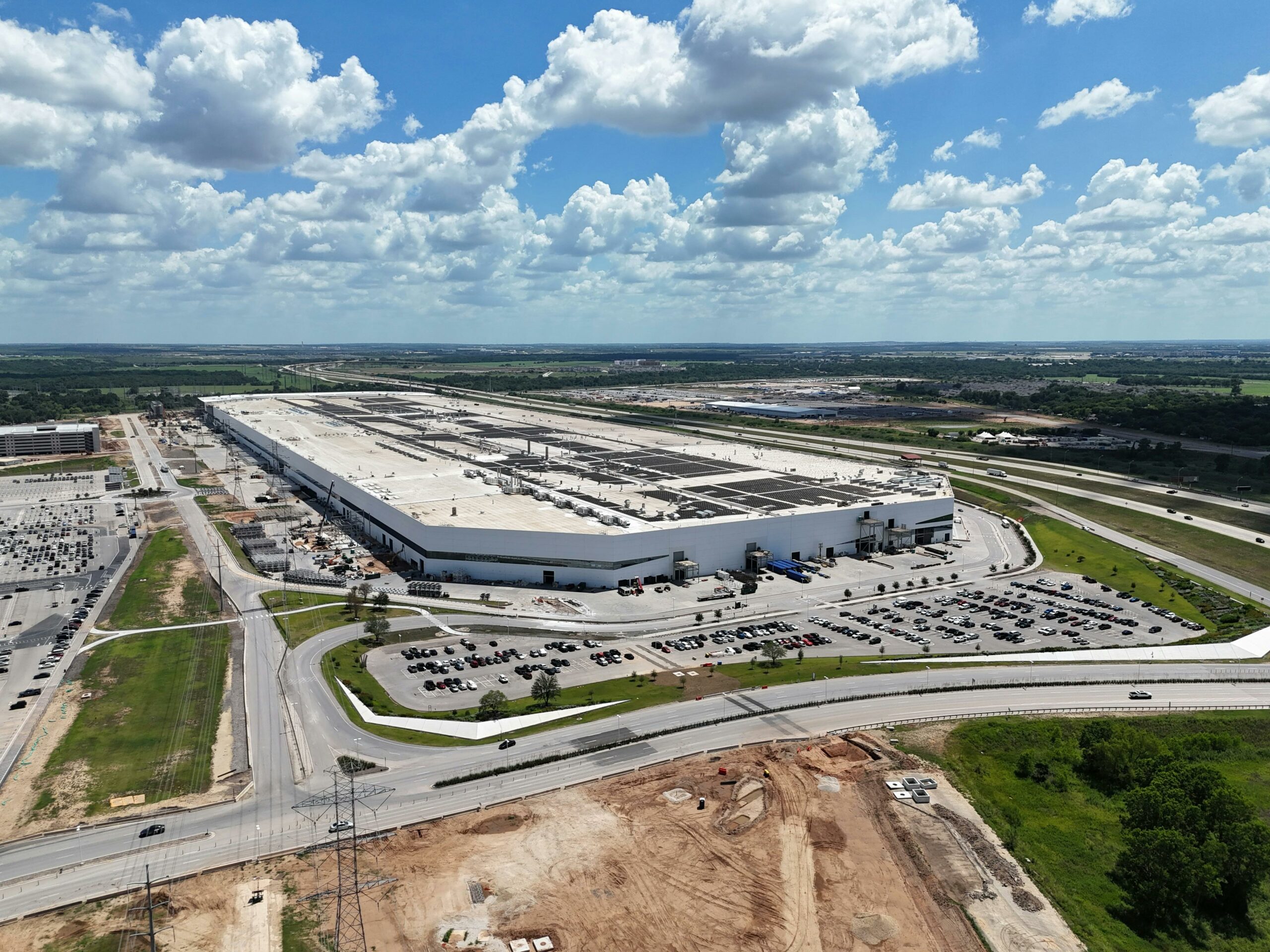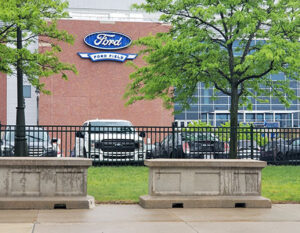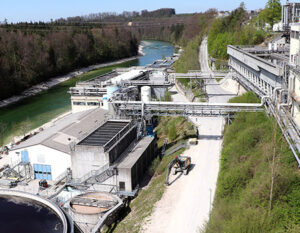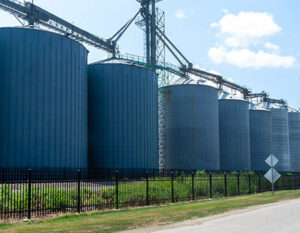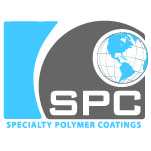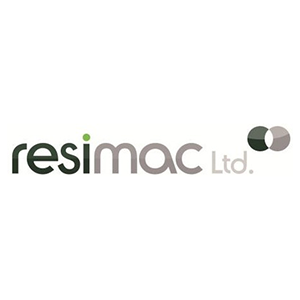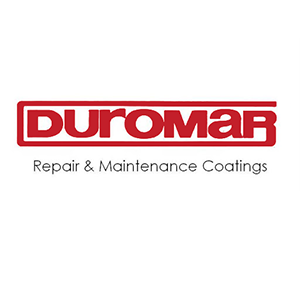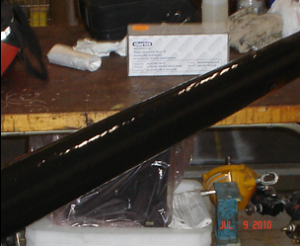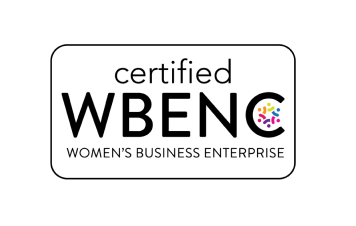The Problem
An automotive component supplier faced a significant challenge with one of their key pieces of equipment – a rubber-coated roller. This roller, vital for feeding textile blanks into a molding machine, had seen extensive use. Over time, the rubber coating on the 6 ft long and 5 inches diameter roller became worn. The wear led to a reduced gripping ability, causing misalignment in loading. This misalignment resulted in increased waste and a notable loss of productivity, a critical issue in the fast-paced automotive industry.
The Substrate
The roller in question was coated with rubber, a material chosen for its grip and resilience. However, even durable materials like rubber can degrade with heavy usage, especially in industrial environments.
The Solution
To address the wear and restore the roller’s functionality, a two-step process was employed in this rubber roller repair:
- Surface Preparation: First, the rubber at the edges, where it had worn away, was undercut. A wire brush was then used to remove any old, loose material. This step was crucial for creating a surface profile that would ensure proper adhesion of the new coating.
- Recoating: The roller was first coated with RESIFLEX 402 Multi-Surface Primer. Once the primer had dried, RESIFLEX 406 GP 85 Putty was carefully brushed onto the surface of the roller. This putty was selected for its compatibility with rubber and its ability to restore the roller’s original gripping ability.
Post-repair, the roller was like new. It regained its essential gripping ability and was promptly put back into production. This rubber roller repair led to a reduction in waste and restored productivity, crucial for maintaining efficiency in the supplier’s operations.
Products Used
- RESIFLEX 402 Multi-Surface Primer: Prepared the rubber surface for the repair.
- RESIFLEX 406 GP 85 Putty: Used to recoat and restore the roller’s gripping ability.

